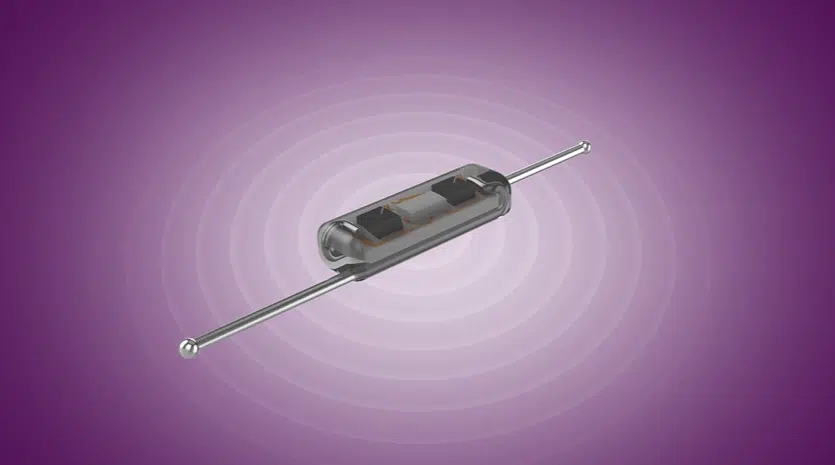What you should know about this innovative technology and how it helps to improve breast cancer care.
October is Breast Cancer Awareness Month, a time dedicated to promoting disease awareness, education, prevention, and more.
At Merit Medical, we are also committed to reducing the burden breast cancer places on patients and their loved ones by providing treatment options that are minimally invasive and effective.
This Breast Cancer Awareness Month, we’re highlighting our innovative SCOUT Radar Localization technology and how it helps to improve breast cancer care.
Here’s what you should know.
What is SCOUT?
SCOUT uses radar technology to help physicians surgically remove abnormal tissue while minimizing trauma to surrounding healthy tissue.
The SCOUT system has been utilized in nearly 600,000 breast localizations worldwide and has been referenced in over 100 clinical publications.1
Watch how SCOUT radar technology works.What Makes SCOUT Different?
 Unlike other localization techniques, SCOUT implants a tiny reflector, the size of a grain of rice, into abnormal tissue. This reflector is highly visible under all imaging modalities2 and uses radar technology to precisely target and pinpoint tissue location within 1 mm of accuracy.*1
Unlike other localization techniques, SCOUT implants a tiny reflector, the size of a grain of rice, into abnormal tissue. This reflector is highly visible under all imaging modalities2 and uses radar technology to precisely target and pinpoint tissue location within 1 mm of accuracy.*1
SCOUT reflectors leave clinically insignificant MRI artifact, so the procedure can be coupled with biopsy.2
Discover the Difference with SCOUT >>>
Who Can SCOUT Help?
SCOUT is designed to detect and help treat breast cancer. This includes patients who need a biopsy site marked, a lumpectomy, or lymph node removal.
Doing Our Part for Better Patient Outcomes
 At Merit, we understand that earlier and more accurate breast cancer detection offers a greater likelihood of a successful outcome. We’re proud to offer SCOUT and a suite of advanced oncology solutions, including SCOUT MD™, our latest innovation designed to enhance diagnosis and help in the treatment of breast and other soft tissue cancers.
At Merit, we understand that earlier and more accurate breast cancer detection offers a greater likelihood of a successful outcome. We’re proud to offer SCOUT and a suite of advanced oncology solutions, including SCOUT MD™, our latest innovation designed to enhance diagnosis and help in the treatment of breast and other soft tissue cancers.
Because together, we can fight and end breast cancer.
References
1. Data on File.
2. Hayes. 2017. “Update on Preoperative Breast Localization.” Radiol Clin N Am 55, no. 3 (May): 591 ̶ 603. Accessed September 06, 2024. doi: 10.1016/j.rcl.2016.12.012. (PMID: 28411682)
3. National Breast Cancer Foundation, Inc. 2023. “Breast Cancer Facts & Stats.” Last modified August 1, 2024. Accessed August 23, 2024. https://www.nationalbreastcancer.org/breast-cancer-facts/
* Up to 50-mm distance